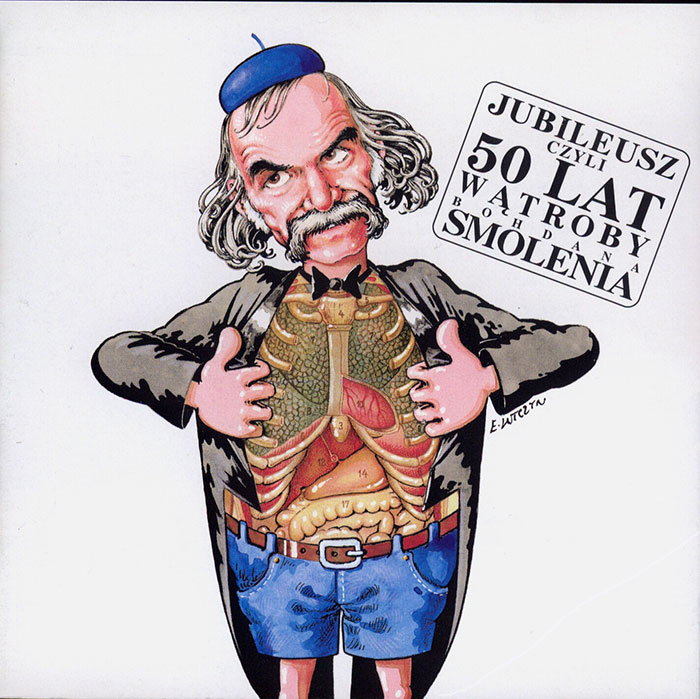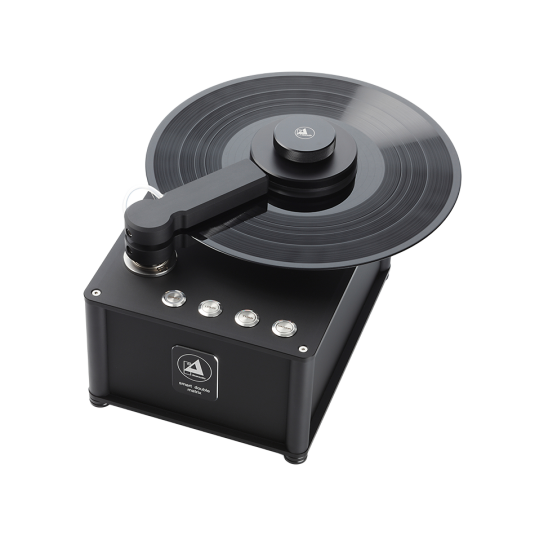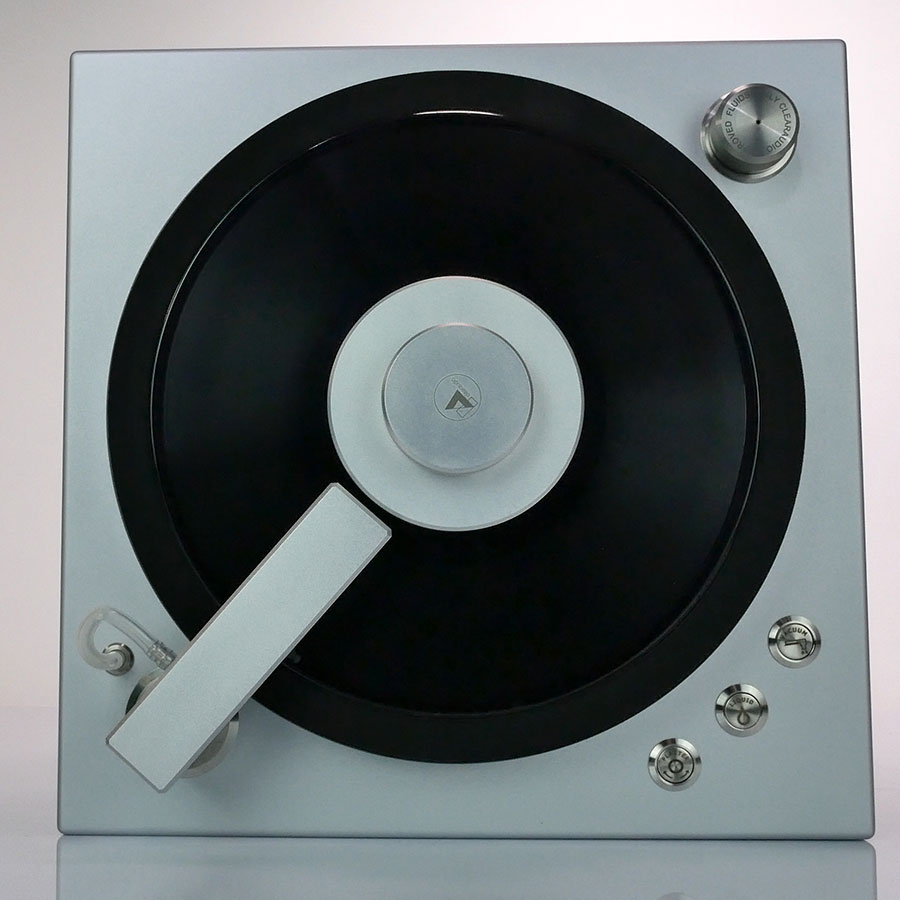Logowanie
Mikołaj - ten to ma gest!
Elton John, The Mamas & The Papas, Cat Stevens, Rod Stewart, Bobbie Gentry, Stevie Wonder, Engelbert Humperdinck
Memory Lane
Edycja Numerowana - 1000 egzemplarzy w skali światowej
RACHMANINOV, Eiji Oue, Minnesota Orchestra
Symphonic Dances / Vocalise
Best Recordings of 2001!!! NAJCZĘŚCIEJ KUPOWANA PŁYTA Z RR!
Karnawał czas zacząć!
Music of Love - Hi-Fi Latin Rhythms
Samba : Music of Celebration
AUDIOPHILE 24BIT RECORDING AND MASTERING
CHOPIN, LISZT, DEBUSSY, DVORAK, Gerhard Oppitz
Dances romantiques - A fantastic Notturno
Wzorcowa jakość audiofilska z Clearaudio
Winylowy niezbędnik
ClearAudio
Double Matrix Professional - Sonic
najbardziej inteligentna i skuteczna pralka do płyt winylowych wszelkiego typu - całkowicie automatyczna
SAMPLER BURN-IN
Cardas Frequency Sweep and Burn-In Record Version 2 180g 33 45rpm LP
- SAMPLER BURN-IN - sampler
By day, Stan Ricker is the head buyer for the Telemetry Department at the Naval Air Warfare Center at China Lake. By night, he “is” Stan Ricker Mastering in Ridgecrest, California. Stan specializes in less-than-real-time disk mastering from analog tape, DAT, CD and CDR sources onto 7 or 12 inch, 33 1/3 or 45 rpm LPs. Though his mastering skills were self taught, Stan is known for his development of the half speed mastering process and his part in the creation of the 200g UHQR (Ultra High Quality Recording). A few of the LP labels Stan has mastered include: AcousTech Mastering, Analogue Productions, Stereophile, Windham Hill, Telarc, Delos, Reference Recordings, Mobile Fidelity Sound Lab, and Crystal Clear. All this skill and experience is brought into focus by Stan’s love of music. His earliest memories center around music. He began playing musical instruments very young. He obtained a Bachelor’s Degree in Music Education from Kansas University, he’s been a band leader and orchestra conductor, loves pipe organs and theories for tuning pipes, and to this day, bows and plucks the string bass and plays a mean tuba. This frequency sweep and burn-in record is a unique tuning tool for system set-up, diagnostics and maintenance. It was produced by George Cardas and mastered by Stan Ricker. The “Sweeper” includes relative and absolute polarity checks, vocal channel identification and frequency sweeps that ultrasonically clean the cartridge stylus and degauss the entire system. Also, locked, white noise grooves that repeat endlessly, blank plateaus, even a sync label to check platter speed. This is a 180 gram pressing. Stan mastered it on a Neuman VMS 66 lathe with a Helium cooled, Neuman SX-74 cutter head. A Sontec Compudisk computer controller, and a Technics 5-speed direct drive motor were used. Keith O. Johnson designed the console and cutter head electronics. A note on polarity: The first burn-in section consists of voice announcements by George Cardas from the left, right and both channels. This is lateral modulation (mono, in phase). The tracks denoted "In polarity" feature George speaking into the front side of a Sennheiser MKH-20 condenser microphone which is figure-8 pattern only. The tracks denoted "Out of polarity", have George speaking into the back side of the same microphone. This microphone consists of a very thin (about 5 microns) Mylar diaphragm, suspended equidistant between two charged grids. This grid-diaphragm system is completely symmetrical, front-to-back, in terms of sensitivity, frequency response and polar response (the amount of high-frequency roll-off exhibited as the sound source moves increasingly off-axis to the plane of the diaphragm). The only difference between the signals derived from in-front-of vs. in-back-of the microphone is the absolute polarity. In microphones, electromechanically, positive polarity is defined as a positive pressure. For example, the "p" sound in polarity, causes the microphone diaphragm to move away from the sound source and rearward in the diaphragm-grid assembly. Further more, this rearward movement must produce a positive voltage at the designated (+) pin of the output connector. When George says "polarity" into the back side of the mic the diaphragm moves away from him. The diaphragm is moving towards the front of the capsule however, causing a negative (-) voltage to appear at the (+) pin , which is supposed to show positive (+) voltage. On a spoken voice, the effect of negative polarity is often subtle. On a singing voice, the effect becomes rather more evident. Wind instruments of the brass family (un-muted), produce a saw-tooth wave and the effect can be disastrous. It sounds worst on horn-loaded loudspeaker systems of high quality. Reverse polarity on a trumpet waveform means the loudspeaker diaphragm is moving rearward, away from the bell, or mouth of the horn and gives the effect of sucking on the trumpet mouthpiece, a near-impossibility. With bowed strings, from violin down to double-bass, especially when played solo, polarity makes it easy to discern the down-bows (positive polarity) from the up-bows (negative-going waveforms). If the polarity is reversed, the pairs of auditory cues become "cross-multiplied", causing an uncomfortable reaction in the listener, as the new pairs of cues simply do not exist in real life. By making the polarity correct, the pairs of cues line up, and everybody marvels at how "focused" the sound has suddenly become! Negative polarity with percussion instruments can cause snare drums to seem to lose their leading-edge transients and therefore, their clarity. Cymbals struck with sticks lose the instant of drumstick tip impinging on the brass of the cymbal. This causes the listener to try to boost the top end to a more forward sound. But alas, the next recording may have too much high end! Imagine a kick drum or a bass drum causing your woofers to recede or move away from you at the moment of impact!

































